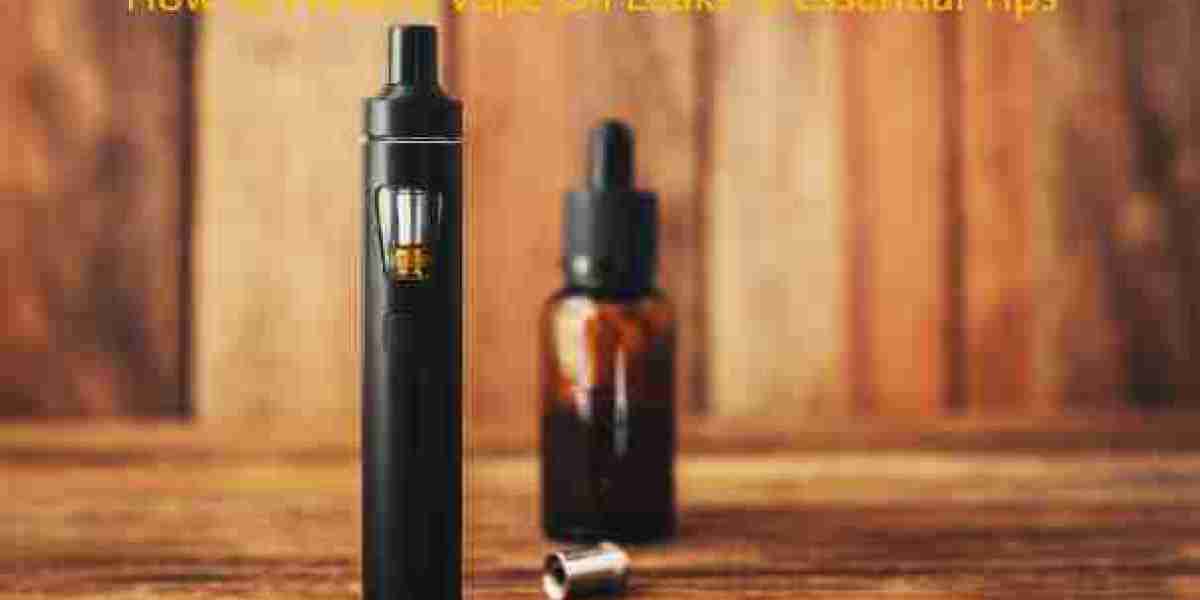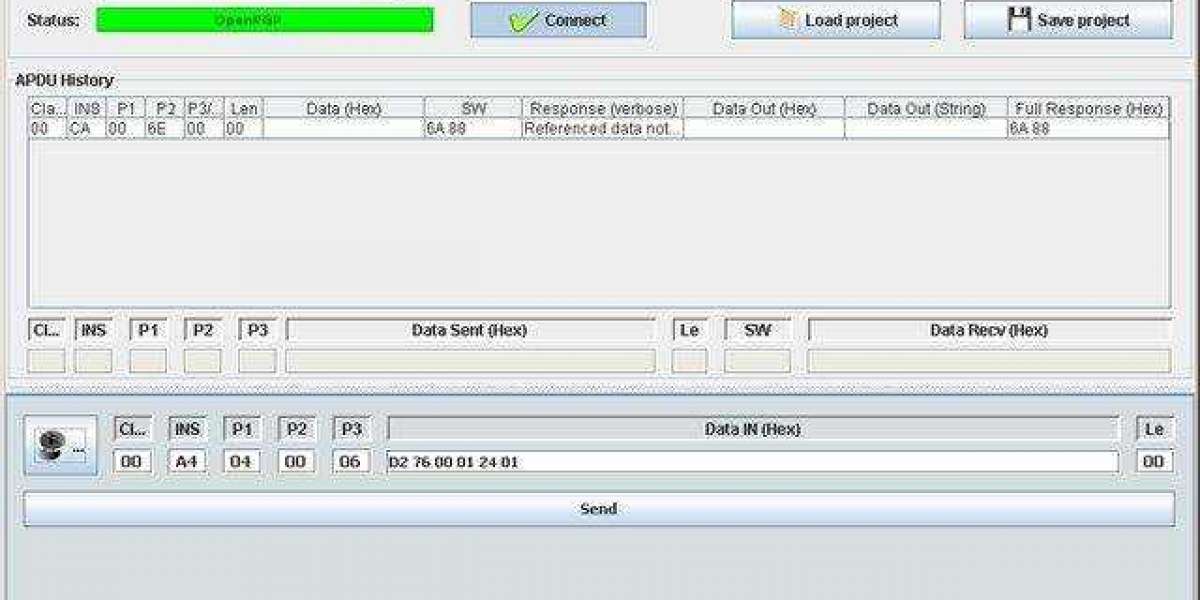Vaping is a popular way to enjoy various flavors and experiences, but dealing with vape oil leaks can be frustrating. Whether you're new to vaping or a seasoned enthusiast, understanding how to prevent leaks can enhance your vaping experience significantly.
Properly Filling the Tank
Filling your vape tank correctly is crucial in preventing leaks. Many leaks occur due to improper filling techniques or overfilling. Here's how to do it right:
Correct Filling Technique: Start by ensuring your vape device is off. Unscrew the tank carefully and place it on a flat surface. Slowly pour the e-liquid down the side of the tank, avoiding the central airflow tube. Fill to just below the top to prevent overflow and ensure proper sealing when reassembling.
Common Filling Mistakes: Avoiding common errors such as overfilling, which can lead to leaks through the airflow vents or a flooded coil. Another mistake is not sealing the tank properly after filling, which can allow e-liquid to leak through the gaps.
Securing All Components
Ensuring all components are properly secured is vital. Improperly tightened parts or cross-threading can lead to leaks. Here’s what you need to know:
Proper Component Tightening: When assembling your vape device, finger-tighten components initially to avoid cross-threading. Once aligned correctly, use gentle force with a tool or your fingers to snugly secure but not over-tighten connections.
Understanding Cross-threading: Cross-threading occurs when threads from different parts do not align correctly, causing gaps that lead to leaks. Always start threading components carefully and ensure they align smoothly before tightening.
Finding the Right Tightness
Balancing the tightness of components is crucial to preventing leaks. Here’s how to find the optimal balance:
Optimal Tightness Explanation: Different components of your vape device require varying levels of tightness. For instance, while the tank needs to be securely sealed, over-tightening can damage O-rings or threading, leading to leaks.
Risks of Over-tightening: Over-tightening can distort or break components, especially delicate parts like glass tanks or O-rings. It can also lead to difficult disassembly or damage during routine maintenance.
Maintaining Tank Position
The position of your vape tank affects its performance and likelihood of leaks. Learn how to maintain the tank correctly:
Importance of Tank Orientation: Keeping your tank upright ensures that e-liquid flows correctly to the coil and prevents leakage through airflow holes. Tilting the tank excessively can cause e-liquid to flood the coil or escape through vents.
Tips for Proper Tank Positioning: Store your vape device upright when not in use to maintain proper e-liquid distribution. During use, hold your device at a slight angle if necessary, ensuring the coil remains saturated without flooding.
Checking O-rings Regularly
O-rings play a critical role in sealing your vape tank and preventing leaks. Here’s how to inspect and maintain them:
Understanding O-ring Function: O-rings create a tight seal between components, preventing e-liquid from leaking out. They are located at connection points like the tank base, top cap, and coil head.
Routine Inspection Tips: Check O-rings regularly for wear, tears, or signs of drying out. Replace them if they appear damaged or if you notice increased leakage despite proper maintenance.
Inspecting for Cracks
Cracks in your vape device can lead to leaks and other issues. Here’s how to conduct thorough inspections:
Significance of Crack Inspections: Cracks compromise the structural integrity of your device, allowing e-liquid to leak out or air to enter improperly. They can occur in glass tanks, plastic components, or around connection points.
Effective Inspection Methods: Inspect your device under good lighting for any visible cracks or fractures. Pay attention to areas prone to stress, such as around screws, edges of glass tanks, or where the tank meets the base.
Using Higher VG Juices
The viscosity of vape juices can impact their tendency to leak. Discover why higher VG juices may be advantageous:
Difference Between VG and PG: Vegetable Glycerin (VG) and Propylene Glycol (PG) are the two main components of vape juice. VG is thicker and produces more vapor, while PG carries flavor better and provides a stronger throat hit.
Benefits of Higher VG Content: Higher VG juices are less likely to leak because their thicker consistency reduces the chance of flooding coils or leaking through airflow holes. They also tend to be smoother and may be more suitable for sub-ohm vaping.
Cleaning the Chimney
A clean chimney is essential for optimal vape performance and leak prevention. Here’s how to keep it clean:
Chimney’s Role in Leak Prevention: The chimney is the pathway through which vapor travels from the coil to the mouthpiece. A clean chimney ensures unobstructed airflow and prevents residual e-liquid from accumulating and leaking out.
Safe Cleaning Practices: Regularly clean the chimney with a soft cloth or cotton swab dipped in mild cleaning solution (such as diluted vinegar or alcohol). Avoid abrasive materials that could scratch or damage the chimney surface.
Mastering the art of preventing vape oil leaks is essential for a smooth and enjoyable vaping experience. By following these 8 essential tips—ranging from proper tank filling and component securing to using higher VG juices and maintaining your vape device—you can significantly reduce the risk of leaks and enhance your overall satisfaction.
At AME, we're passionate about providing vapers with top-quality products and expert advice to elevate their vaping experience. Explore our range of custom vapes, innovative vape attachments, and premium vape juice ingredients designed to meet your every vaping need. Visit our website today to discover why AME is your ultimate destination for superior vaping solutions.














